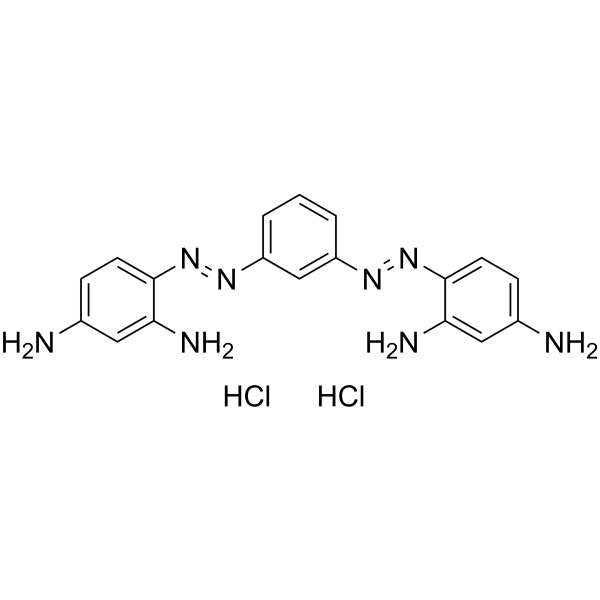Adsorption of Bismark Brown dye on activated carbons prepared from rubberwood sawdust (Hevea brasiliensis) using different activation methods.
B G Prakash Kumar, Lima Rose Miranda, M Velan
文献索引:J. Hazard. Mater. 126(1-3) , 63-70, (2005)
全文:HTML全文
摘要
Hevea brasiliensis or rubberwood tree, as it is commonly known finds limited use once the latex has been tapped. The sawdust of this tree is chosen to ascertain it viability as a precursor for activation. The carbons thus obtained were characterized in terms of iodine, methylene blue number and surface area. The best carbon in each method was utilized to study the adsorption of Bismark Brown, a dye used in the leather industry. Adsorption equilibrium studies were carried out with the synthetic solutions of the dye, at room temperature (298 K). Equilibrium data are fitted with the Langmuir and the Freundlich isotherms models for the system. The effects of contact time, adsorbent dosage and initial dye concentrations on sorption capacity were carried out. Excellent adsorption capacities of 2000 and 1111 mg g(-1) were obtained for steam and chemical followed by steam-activated carbons, respectively. Pilot-plant experimental studies have been performed using packed-bed column with different feed concentrations, flow rates and bed heights, to evaluate sorption of Bismark Brown on steam-activated carbon. Bed depth service time (BDST) design model have been used to analyze the data.
相关化合物
| 结构式 | 名称/CAS号 | 分子式 | 全部文献 |
|---|---|---|---|
 |
俾士麦棕y
CAS:10114-58-6 |
C18H20Cl2N8 |
|
Analysis and testing of biological stains--the Biological St...
2002-01-01 [Biotech. Histochem. 77(5&6) , 237-275, (2002)] |
|
Papanicolaou staining--a review.
1983-05-01 [Microsc. Acta 87(3) , 233-43, (1983)] |
|
Plant cuticle staining with bismarck brown Y and azure B or ...
1996-03-01 [Biotech. Histochem. 71(2) , 92-5, (1996)] |
|
[Case of poisoning by the dye Bismark Brown].
1986-01-01 [Sud. Med. Ekspert. 29(3) , 59, (1986)] |
|
Prediction of optimum sorption isotherm: comparison of linea...
2005-11-11 [J. Hazard. Mater. 126(1-3) , 198-201, (2005)] |